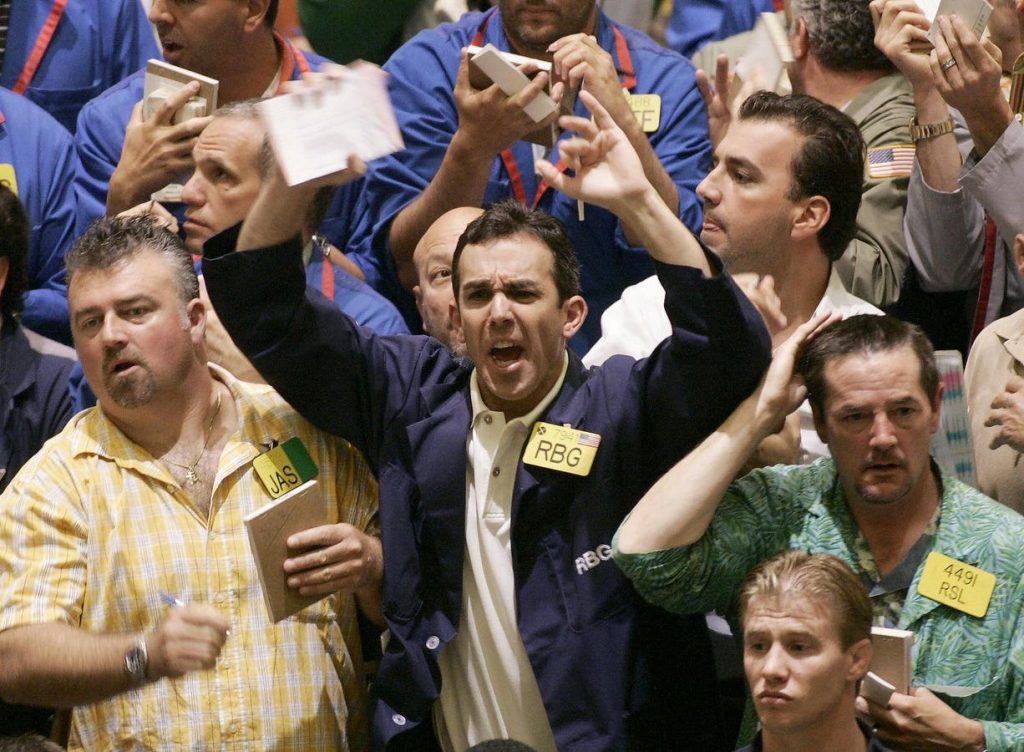A tight futures market can turn headlines into wild price swings. (Photo by TIMOTHY A. CLARY / AFP) (Photo by TIMOTHY A. CLARY/AFP via Getty Images)
AFP via Getty Images
Oil prices jumped Thursday after President Donald Trump’s administration announced new sanctions on Russia’s two largest oil companies, Rosneft and Lukoil. The Treasury Department said the move was a response to Moscow’s lack of progress toward ending the war in Ukraine.
Brent futures rose 5.7% to $66.15 a barrel, while West Texas Intermediate (WTI) gained 6% to $61.95. It was oil’s biggest one-day gain since June 13 and, if it holds, only the sixth time since 2023 WTI prices have climbed more than 5% in a single session.
The sanctions explain part of the move. But the size of the jump also reflects how traders were positioned before the news. The futures market for oil is as tight as it has been in 15 years. The five narrowest weekly gaps between bullish and bearish bets by speculators have all come since August. At the end of September, there were just 26,483 more long contracts than short ones, compared with the median weekly gap since 2010 of 216,000. A long contract is a bet that prices will rise; a short contract is a bet that they will fall. When those positions are almost even, the market is finely balanced and more prone to big swings when news breaks. The gap may have narrowed even more in October, though the data is not being published because of the government shutdown.
The futures contract information comes from the Commodity Futures Trading Commission’s Commitments of Traders report, which tracks how investors are positioned in futures markets. It measures who holds long positions, who holds short positions, and the balance between them.
In the oil market, the most watched group is “managed money.” That category includes hedge funds and other professional investors that trade futures contracts for profit rather than for physical delivery. They are speculating on price direction, not buying oil to use it.
A tight spread between long and short positions means the market is uncertain of where the price is going to go in the near term. When that happens, prices can move sharply in either direction because traders are quick to unwind positions after big news.
Josh Young, chief investment officer of Houston-based Bison Interests, which invests in energy companies, says sentiment had been overly negative pointing to public commentary from pundits and the Commitments of Traders reports as evidence.
The sanctions themselves could have lasting effects. Bloomberg reported that Indian purchases of Russian crude may fall to nearly zero. Russia is the world’s third-largest producer, accounting for about 11% of global supply as of 2023. While buyers had already been reducing purchases, tougher measures could disrupt flows further and fuel more volatility if traders begin betting on higher prices.
Still, Trump’s policies are unpredictable and sanctions are difficult to enforce. That’s why Young says he’s “cautious about the Trump administration’s enforcement of the latest announced sanctions.” Even so, Young says, “even the risk of enforcement could push prices back closer to a fairer $70-80 level.”
More from Forbes

